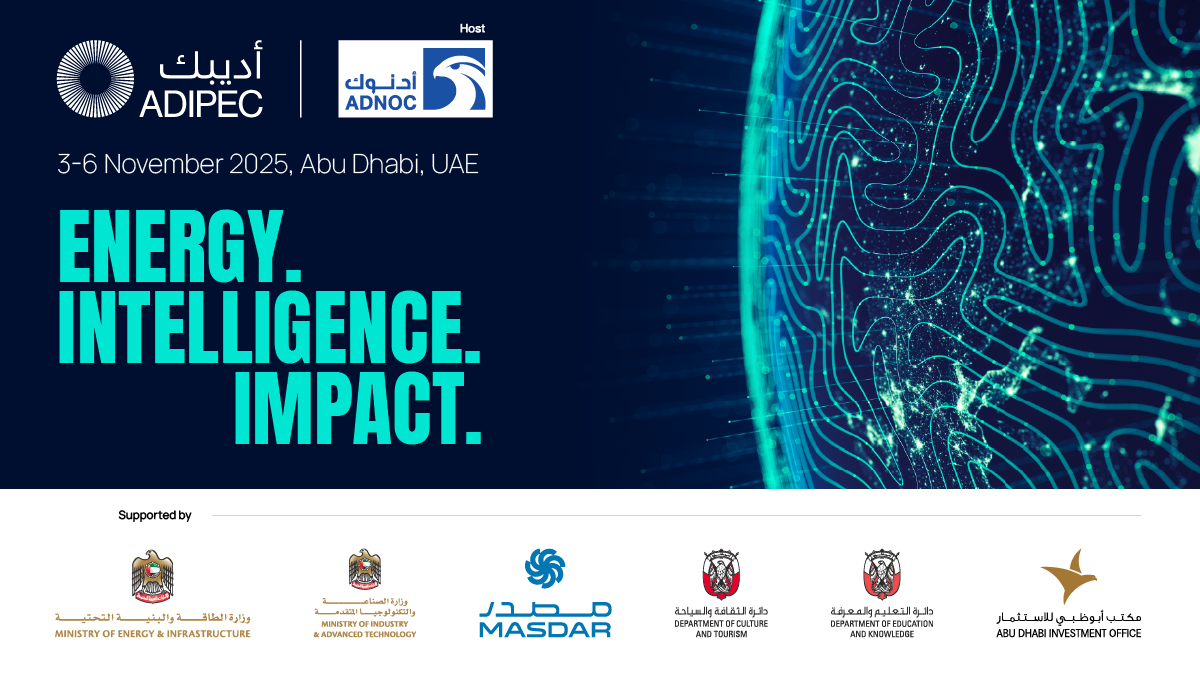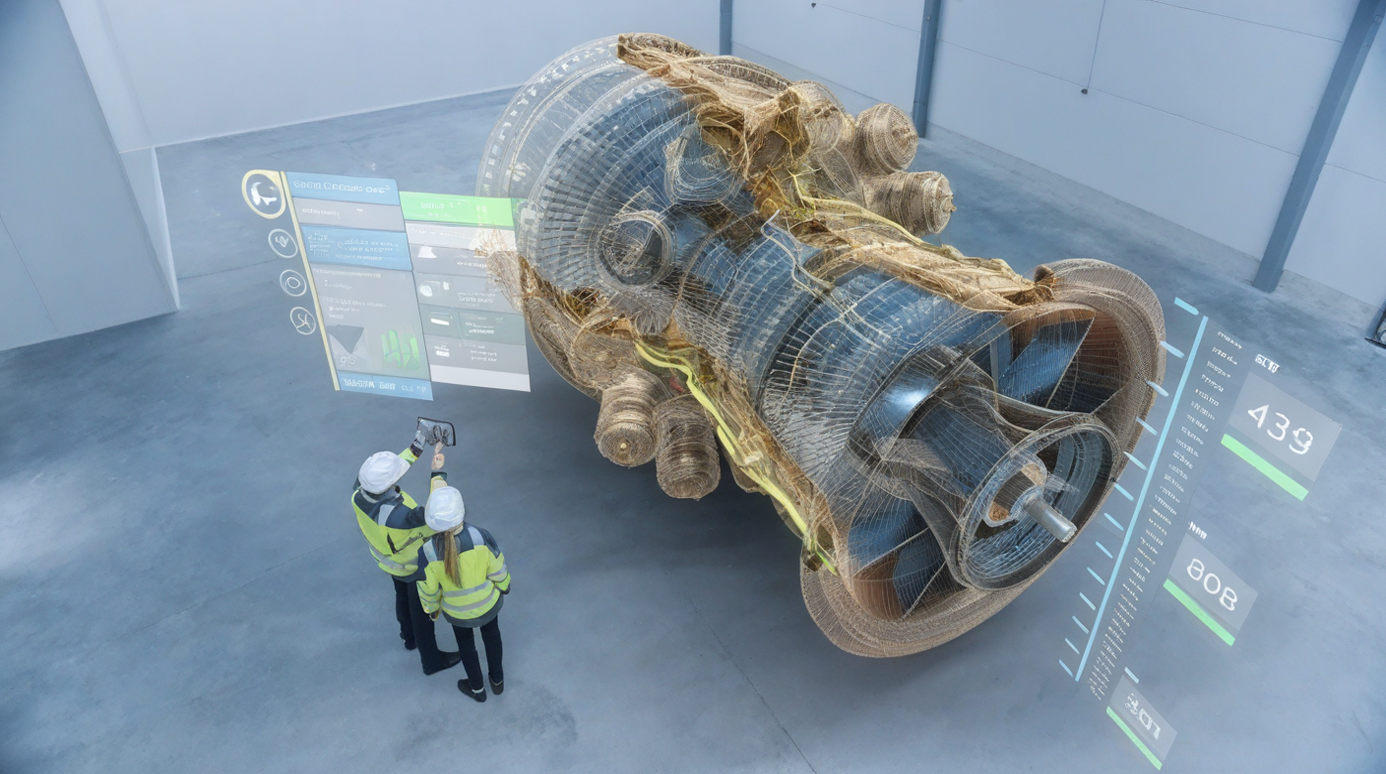Lead story
Breathing new life into aging gas turbines
The hidden cost of doing nothing
Across the energy sector, asset owners are facing a common dilemma.
“How can we extend the life of our aging fleets without sacrificing reliability or breaking our budget?”.
It’s a real issue.
Every day a rotor runs past its optimal service life, the risk of forced outages grows.
Most OEMs recommend full life assessments to prevent catastrophic failures. There are also known problems that need to be inspected before the maximum life. And industry data shows that unplanned outages in the energy sector run into the billions – or even trillions – of dollars annually.
But it’s not the only issue out there:
- Life-expired components drive unplanned outages and higher maintenance costs
- OEM lead times stretch up to two years for replacement parts
- Ongoing supply chain pressure and stricter emissions regulations
All of these challenges add up. And the “do nothing” option for your rotors quickly becomes the most expensive choice of all.
Progress built on experience
The challenges are real. But so is the technology driving the industry.
Stress analysis, digital twin modeling, and improved alloys are helping operators extend rotor lifecycles by up to 70% in some cases.
What once required full replacement can now be achieved through engineering-driven life extension, keeping fleets competitive for longer.
Life Cycle Assessment (LCA) studies also reveal that rotor refurbishment can do much more. They can cut carbon emissions and abiotic depletion by up to 40% compared with manufacturing a brand new unit.
That’s sustainability, reliability, and cost savings in one neat package.
Want to take a closer look?
From OEM lock-in to freedom of choice
Driven by carbon-reduction goals, circular-economy initiatives, and cost pressures, industry trends show a growing demand for refurbishment and life-extension strategies over new-build projects.
What does this tell us? That operators are increasingly moving away from sole OEM dependency and seeking independent expertise that can provide flexible, cost-effective, and transparent solutions.
It’s a shift that gives operators more choice and more control over their long-term strategies – which can only be a good thing.



